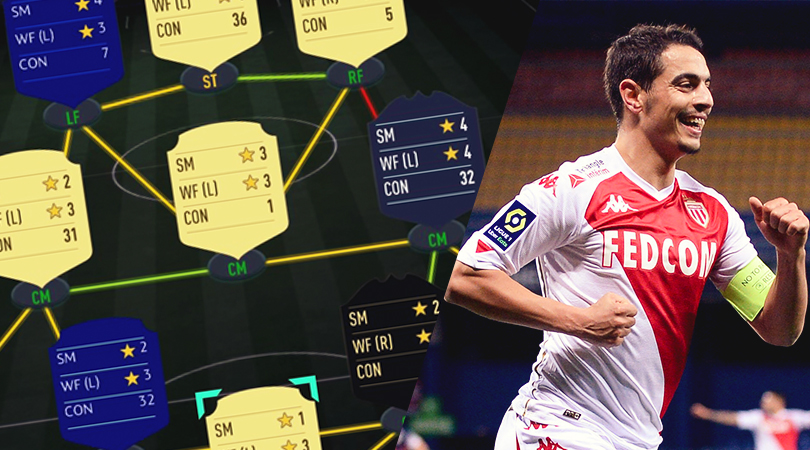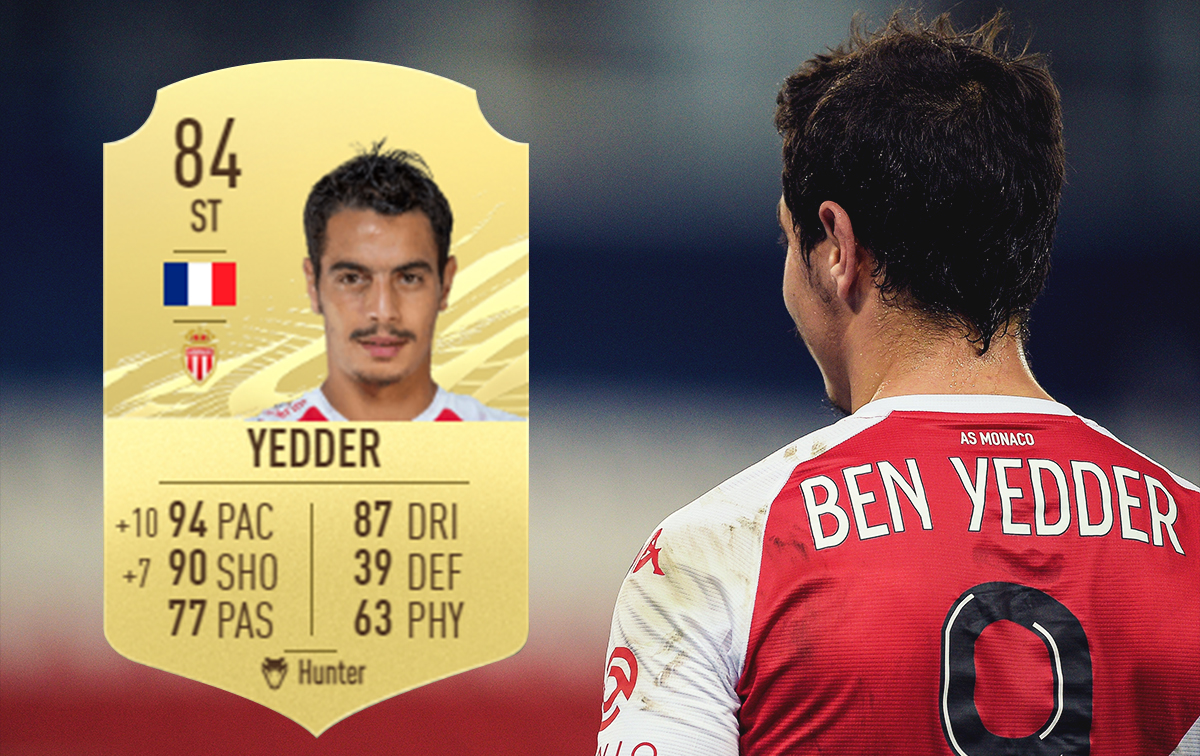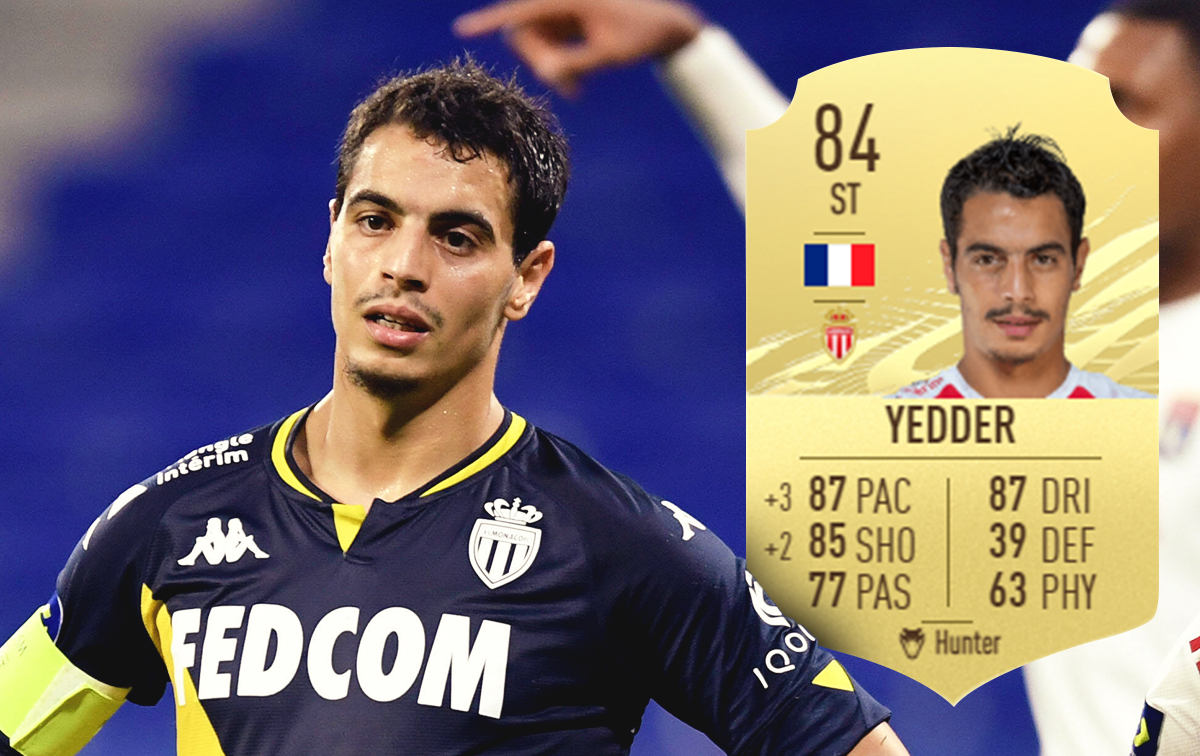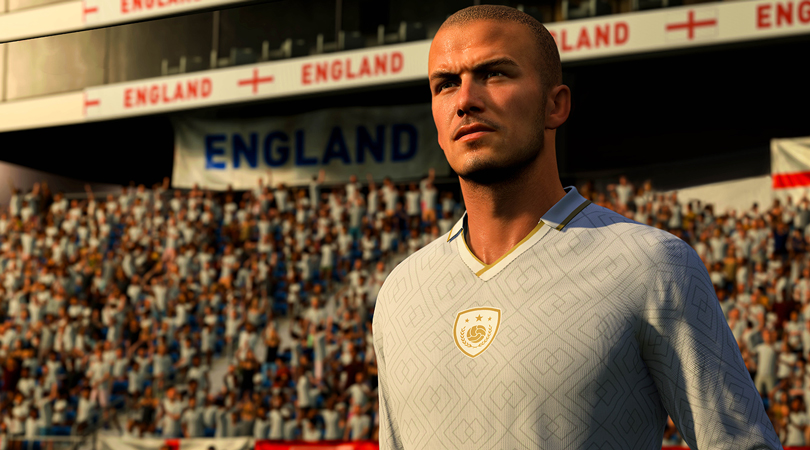FIFA 21 Chemistry Guide: Everything you need to know about the game’s Chemistry system
What are the green links on FIFA 21? Let's break down every aspect of the Chemistry in your FUT side

Chemistry is one of the most important facets of FIFA Ultimate Team. The game literally revolves around it.
A good chemistry rating could help your team perform like 2011 Barcelona, whilst a bad chemistry rating could cause you to struggle in Ultimate Team’s most competitive modes.
There are two types of chemistry you need to be aware of: Player Chemistry and Team Chemistry. Understanding how they work could fast-track your progress in Ultimate Team.
Order FIFA 21 for PS4, Xbox One and PC for £54.99 – Amazon
Order FIFA 21 for PS4 for £54.99 – Argos
Order FIFA 21 for Nintendo Switch for £44.99 – Argos
Why is Player Chemistry important?
Unlike in other game modes, stats aren’t set in stone in Ultimate Team.
Get FourFourTwo Newsletter
The best features, fun and footballing quizzes, straight to your inbox every week.
There are certain items in the game called chemistry styles that allow you to alter a players’ stats.
Take Ben Yedder’s gold card for instance.
NIF Ben Yedder has 84 pace and 83 shooting. By applying a Hunter chemistry style on his card, you can offer him a +10 boost to his pace as well as a +7 boost to his shooting, allowing you to transform his 84 pace and 83 shooting into 94 and 90 respectively.

As you can see, that’s a pretty significant boost. However, there’s a catch.
The +10 pace boost and the +7 shooting bump presupposes that Ben Yedder has a chemistry rating of 10. You see, chemistry styles only work in relation to your player’s chemistry rating.
Meaning, in order for a player to receive a significant stat boost from a chemistry style, the player needs to have a maxed-out chemistry rating of 10. The lower the chemistry rating, the lower the stat boost.
For example - a Hunter chemistry style grants a +10 pace boost and a +7 shooting boost to a player with 10 chemistry. However, it offers a measly +3 pace boost and a +2 shooting boost to a player with a chemistry rating of 5. And as you can imagine, a +3 and a +2 boost isn’t significant enough to make a noticeable difference to a player’s in-game ability.

Hence, in order to grant your players significant stat boosts, you should make sure they have a high chemistry rating.
How to get a high chemistry rating
There are four things that influence player’s chemistry rating:
- Positioning - (Accounts for a maximum of three chemistry points)
- Teammate Links - (Accounts for a maximum of seven chemistry points)
- Player Loyalty - (Accounts for just one chemistry point)
- Manager League and Nationality - (Accounts for just one chemistry point)
Positioning
Technically, the game allows you to place any player in any position you want. For instance, if you really wanted to, you can deploy Cristiano Ronaldo as a centre-back, Lionel Messi as a right-back and Manuel Neuer as a striker.
However, due to the impact of positioning on a player’s chemistry rating, you have to take extra care to make sure you’re deploying your players in their most natural positions.
Positioning is an essential part of the chemistry rating system. Every player in Ultimate Team has a specific position assigned to their FUT card. This “assigned” position is their natural position - for example ST is Ronaldo’s assigned position, RW is Messi’s assigned position and GK is Neuer’s assigned position.
Putting a player in their natural position grants them three chemistry points, which counts towards their overall chemistry rating. On the other hand, putting a player in an unnatural position grants them zero chemistry points.

QUIZ! Can you name all 100 icon cards in FIFA 21 Ultimate Team
It’s important to note that there’s a grey area in the positioning system that allows a player to receive position-based chemistry points despite being deployed in an unnatural position. That grey area exists within the confines of something known as “position groups”. Position groups are broad sets of positions that are similar to each other.
For instance, left-backs, centre-backs and right-backs all perform similar roles on the pitch so they all fall under the “defensive” position group.
So while a player will usually get zero chemistry from playing in an unnatural position, a player will receive at least one chemistry point if the unnatural position falls under their broad position group.
Take a player like Neymar for instance. When deployed In his natural left-wing position, Neymar will receive three chemistry points, but if you move him over to the right wing, he won’t receive zero chemistry points, instead, he’ll receive one point, because the left wing and the right wing both fall under the “winger” position group.
Teammate links
Teammate links are the most important aspect of a player's overall chemistry rating.
There are four types of teammate links namely:
- Hyperlinks
- Strong links
- Average links
- Poor links
Hyperlink - A hyperlink is the strongest chemistry link in the game. You can achieve a hyperlink by pairing a player with another player from the same club and nation. It is characterized by its vibrant green colour.
Strong Link - A strong link is pretty similar to hyperlink, however, unlike with a hyperlink, you simply need to pair a player with another player from the same club. Strong links also give off a green colour.
Average Link - An average link occurs when the only common factor between a set of players is their nationality.
Poor Link - A poor link occurs when players have nothing in common.
Loyalty
Player loyalty is a subset of the game’s chemistry system that grants a player an extra chemistry point.
In order for a player to receive a loyalty chemistry boost, they need to have played at least 10 games for your team.
After the 10th game, they’ll receive a loyalty badge as well as an extra chemistry point.
Manager league and nation
Players who share the same nation with your manager will receive an extra chemistry point. While players who share the same league with your manager will also get a +1 chemistry boost.
Team Chemistry
Team chemistry is the sum total of all your players’ chemistry ratings.
For example, if your entire XI boasts 10 chemistry across the board, then you will have a team chemistry of 100 (not 110, because a team’s maximum chemistry value is 100).
Does chemistry really matter?
Chemistry matters to a large extent, but there are some cases where you’re better off sacrificing a little bit of chemistry in order to build a stronger squad. For instance, a TOTY player off-chem would typically perform better than most players who have 10 chemistry.
That being said, you should always try to keep your team chemistry rating maxed-out at 100, with 95 being the barest minimum. If you go any lower than that, you risk triggering a noticeable decline in your team’s performance levels.
MORE GUIDES
FIFA 21 news: Most improved players, 5-star skilled players and best XI under 21 revealed
Phillip is a football writer from Nigeria. He’s been a football writer since he was 13 and after getting his work featured on various news outlets including the Daily Mirror, Red Bull, Planet Football and Football.London over the years, he has now turned his focus from solely writing about the beautiful game, to covering the not-so-beautiful virtual game of FIFA as a brilliant excuse to spend hours on his Playstation.
